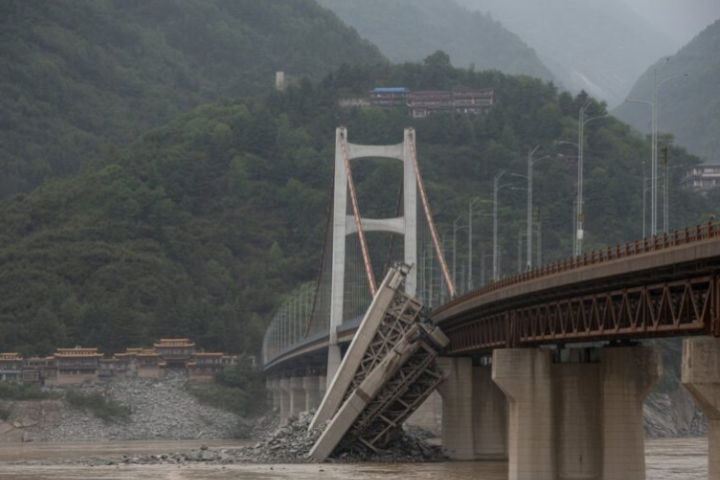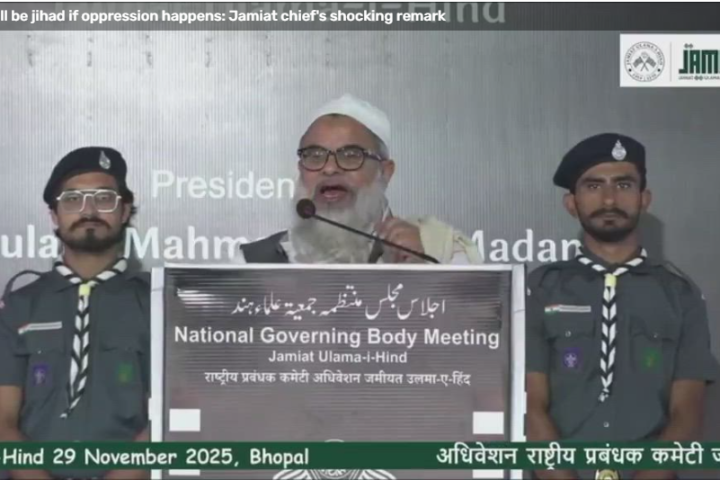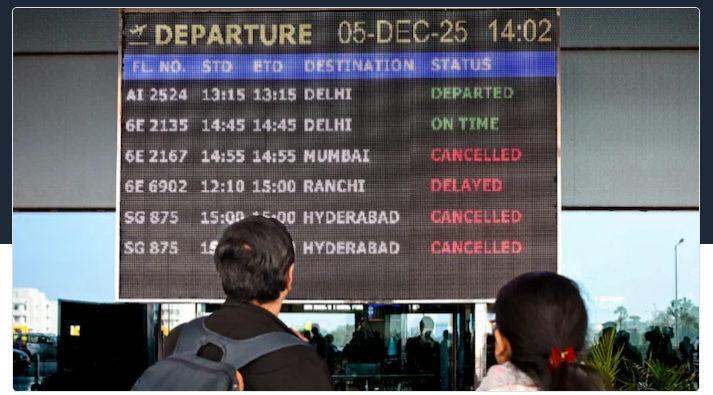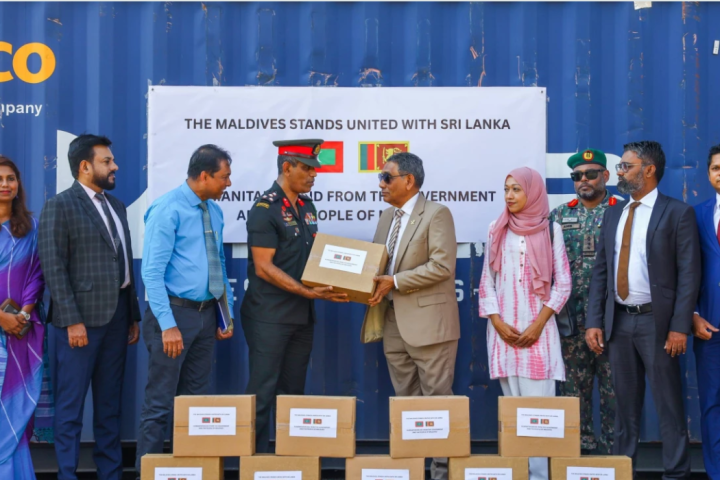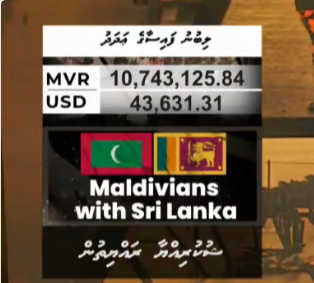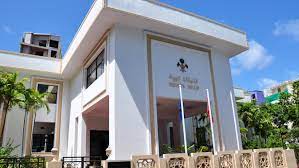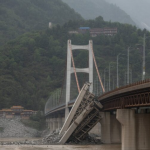India’s foreign policy has undergone a profound transformation in recent decades, evolving from a largely reactive posture to one that is proactive, compassionate, and strategically engaged. At the heart of this evolution lies a powerful and often understated pillar: humanitarian assistance and disaster relief (HADR). Far from being a peripheral concern, HADR has become a cornerstone of India’s diplomatic outreach, particularly in South Asia, where the country has emerged as a reliable and preferred first responder in times of crisis. This humanitarian commitment is not merely a reflection of India’s growing capabilities, it is a manifestation of its civilizational ethos, its democratic values, and its belief in the principle of Vasudhaiva Kutumbakam, the world is one family.
The 2004 Indian Ocean tsunami marked a pivotal moment in shaping India’s Humanitarian Assistance and Disaster Relief (HADR) strategy. In its immediate aftermath, India launched swift cross-border operations, Operation Rainbow in Sri Lanka, Operation Castor in the Maldives, and Operation Gambhir in Indonesia demonstrating its capacity to mobilize military assets for regional relief. This event catalysed India’s deeper engagement in multilateral HADR frameworks such as the ASEAN Regional Forum (ARF) and the Indian Ocean Rim Association (IORA), and reinforced its leadership in naval exercises like Milan and Malabar, which integrated disaster response components.
The tsunami also validated the Indian Navy’s role as a primary responder in the Indian Ocean, leading to the establishment of pre-positioned stockpiles and standard operating procedures for rapid deployment. In the years that followed, India undertook proactive missions during Cyclone Nargis (Myanmar, 2008), the Nepal earthquake (2015), and Cyclone Idai (Mozambique, 2019), solidifying its reputation as a dependable regional first responder. This trajectory has only accelerated in recent years, with India responding to a wide array of natural disasters across South and Southeast Asia, often within hours of their occurrence.

The decade from 2014 to 2025 witnessed multiple humanitarian crises, further reinforcing India’s commitment to swift, coordinated, and principled disaster relief across borders. The scope and sophistication of India’s HADR operations reflect its strategic intent and operational maturity. In 2023, Operation Karuna delivered critical aid to Myanmar following Cyclone Mocha, with Indian Navy ships transporting relief supplies to affected areas. In 2024, Operation Sadbhav extended support to Nepal and Bangladesh after devastating floods, reinforcing India’s role as a regional stabilizer. The Indian Air Force’s deployment of C-17 Globemaster aircraft to Vietnam and Laos, carrying generators, water purification systems, and hygiene kits, showcased India’s logistical agility and commitment to transnational solidarity. Similarly, the dispatch of INS Satpura to Yangon with 53 tonnes of relief material worth $1 million underscored India’s maritime capabilities and its readiness to act swiftly in humanitarian emergencies.
India’s response to the 6.4-magnitude earthquake in Nepal’s Jajarkot district in November 2023 was emblematic of its deep-rooted ties with its Himalayan neighbour. Within hours, India sent emergency relief materials via special Air Force flights, including tents, blankets, sleeping bags, medicines, and portable ventilators. These efforts were not isolated gestures but part of a broader pattern of consistent and quiet support that India has extended to its neighbours over the years. Whether it was sending wheat to Afghanistan during food shortages, providing COVID-19 vaccines and medical supplies across South Asia, or aiding Sri Lanka during its economic crisis with fuel and food assistance, India has demonstrated a steadfast commitment to humanitarian diplomacy.
This sustained engagement has elevated India’s status from a regional actor to a net security provider. The term, often used in strategic circles, encapsulates India’s ability to offer stability, support, and reassurance in a region fraught with vulnerabilities. Through joint military exercises like Mitra Shakti with Sri Lanka and participation in regional frameworks such as BIMSTEC, India has institutionalized its HADR capabilities, fostering interoperability and trust among partner nations. These efforts are not merely tactical, they are strategic investments in regional peace and resilience.

India’s humanitarian outreach is also deeply intertwined with its domestic experience. As a country frequently affected by floods, cyclones, earthquakes, and other natural disasters, India has developed a robust and sophisticated disaster management system. This expertise is now being shared with neighbouring countries, helping them build their own capacities and systems. Indian decision-makers have shown a clear desire to export this knowledge, recognizing that regional resilience is a shared imperative. This approach reflects a blend of altruism and strategic foresight, positioning India as a leader not just in response, but in preparedness and prevention.
Underlying India’s HADR diplomacy is a philosophy that transcends geopolitics. It is a vision of global leadership rooted in empathy, inclusivity, and collaboration. As Union Minister Piyush Goyal remarked at the World Congress on Disaster Management in January 2025, “India is there for every person in distress within the country and in the world. That is true global leadership.” These words capture the essence of India’s approach, one that sees humanitarian assistance not as charity, but as a moral and strategic imperative.
A defining feature of India’s humanitarian assistance and disaster relief (HADR) diplomacy, particularly in Southeast Asia is its principled commitment to non-interventionism. India’s approach to disaster cooperation is not only operationally effective but also normatively sensitive. Unlike Western powers that have occasionally endorsed interventionist frameworks such as the Responsibility to Protect (R2P), India has consistently respected the sovereignty and protocols of disaster-affected nations. This was notably evident in the aftermath of Cyclone Nargis in 2008, when Myanmar rejected international aid. While some countries advocated for R2P to override Myanmar’s refusal, India, along with ASEAN members, chose a more measured path engaging in capacity-building and quiet diplomacy to accommodate the regime’s concerns and earn its trust.
This restraint is not a sign of passivity but a strategic choice rooted in India’s belief in mutual respect and partnership. By adhering to the norms and preferences of host nations while deploying military assets for relief operations, India has positioned itself as a reliable and respectful partner. This normative alignment has strengthened India’s ties with Southeast Asian countries, reinforcing its image as a humanitarian actor that values collaboration over coercion. In doing so, India has differentiated itself from more forceful models of international engagement, deepening regional trust and enhancing its credibility as a compassionate and principled first responder.
In a world increasingly defined by uncertainty and disruption, India’s role as a humanitarian first responder offers a model of leadership that is both principled and pragmatic. It is a role forged in the crucible of crises, shaped by decades of experience, and guided by a vision of shared humanity. As India continues to rise on the global stage, its commitment to disaster relief and humanitarian assistance will remain a defining feature of its foreign policy, quietly powerful, consistently reliable, and deeply rooted in the belief that in times of need, solidarity is the highest form of diplomacy.


